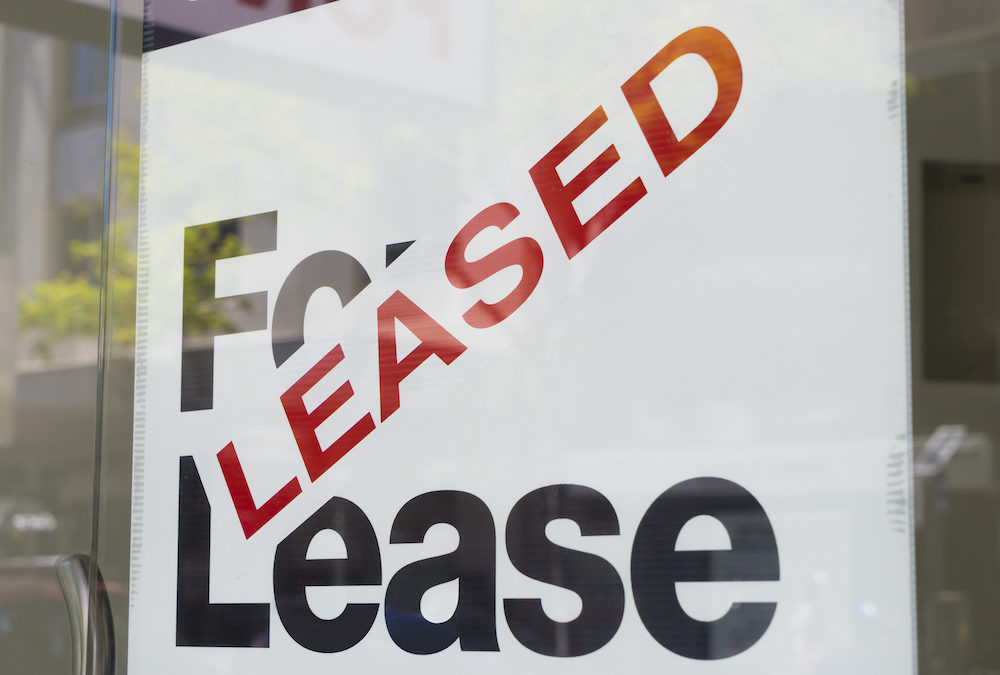When you have less capital but still want to invest in commercial property, renting it out is the best choice you can make. There are several commercial lease options that you can choose from to promote your business better without being on the hook with a huge investment.
Three types of commercial lease options are:
— Gross Lease
— Modified Gross Lease
— Net Leases (Single, Double, and Triple net lease)
All these leases can be further broken down into two categories: Reimbursements and base Rents, including the insurances, common charge area, taxes, and rent PSF that a tenant pays for the space.
However, understanding the nuances of all these types is a must for you if you are ready to move forward. These lease options will help you have some clear guidelines about the obligations of both the Lessee and the Lessor.
How to explain Commercial Lease Option
“Commercial lease is ideally known as the contract held between a business and a landlord for the property rental.”
It is, therefore, an important component as it outlines the obligations of both the Lessor and the Lessee. These obligations are necessary to be cleared before moving forward to avoid any contract-specific complications.
Commercial lease options are also important as they allow the business to invest in renting the property instead of buying it as they might have lesser capital available. This will allow for more capital investment in other areas, such as personnel, marketing, etc.
Types of Commercial Lease Options
The three main types of commercial lease options are:
Gross Lease
Modified Gross Lease
Net lease
Now, here’s everything that you need to know about these lease options:
Gross Lease
This term refers to the idea that “the tenant is not responsible for CAM or other reimbursements: the tenant is only responsible for paying the landlord Base Rent.”
This type of lease seems to be highly favorable for the tenant as it requires them only to pay the Base Rent even when the property’s operating costs increase.
Modified Gross Lease
This term refers to the fact that “the tenant is responsible for paying the utilities, base rent, and a portion of operating costs.”
This lease generally occupies a middle ground between Net Lease and the Gross Lease. However, the details of the contract vary from lease to lease.
While the tenant must pay the portion of operating costs, utilities, and base rent, some other leases make the tenant responsible for paying their proportionate share of all the Operating Expenses and CAM along with their Base Year Expenses.
Net Leases
The third option for the commercial lease is that the tenant goes to opts for Net Leases. This is probably the most suitable tool for commercial real estate investors who want to have a stable income stream throughout their business.
In this lease type, “the property owner chargers lesser base rent, but the tenant has to bear the burden of operating expenses throughout.”
There are three primary types of net leases:
Single Net Leases
Double Net Leases
Triple Net Leases
All these categories deal with the main cost categories of maintenance and insurances and taxes.
Single Net Leases
Single Net Lease requires the tenant to agree to pay all the property taxes along with its rent.
Single Net Lease is more helpful for the landlord as it puts all the responsibility of the payment of property taxes on the shoulder of the tenant instead of the landlord.
However, besides this, the landlord remains responsible for the payment of other operating expenses of the property. It is, therefore, a least common form of a commercial lease in the commercial real estate business.
Double Net Leases
It is also known as the NN lease (net-net lease). It is an agreement in which the tenant is held responsible for paying all the premiums and property taxes.
Unlike a single net lease, it further puts the responsibility of insurance payments on the tenant. While on the other hand, the landlord is required to pay all the structural maintenance expenses but receives the base rent and additional payments from the tenant.
Triple Net Leases
A triple net lease relieves the landlords from the payment procedure even more: meaning that in this contract, the tenant has to pay even the costs of repair and structural maintenance along with the property taxes, insurance premiums, and rent.
In such a case, when more expenses are passed on to the tenant, the landlord generally charges a lower base rent. As more expenses are to be paid by the tenant, they often try to get out of the contract, and thus, landlords prefer to use a bondable net lease for them.
In addition to all these expenses, the tenant may also be made responsible for paying for any damage to the property that the insurance company does not cover.
Which is right for you?
There are a number of commercial lease options available to you if you are looking to rent a commercial property. We’d love to tell you more.
Contact ALPHA COMMERCIAL today and let us help you take your next step.

